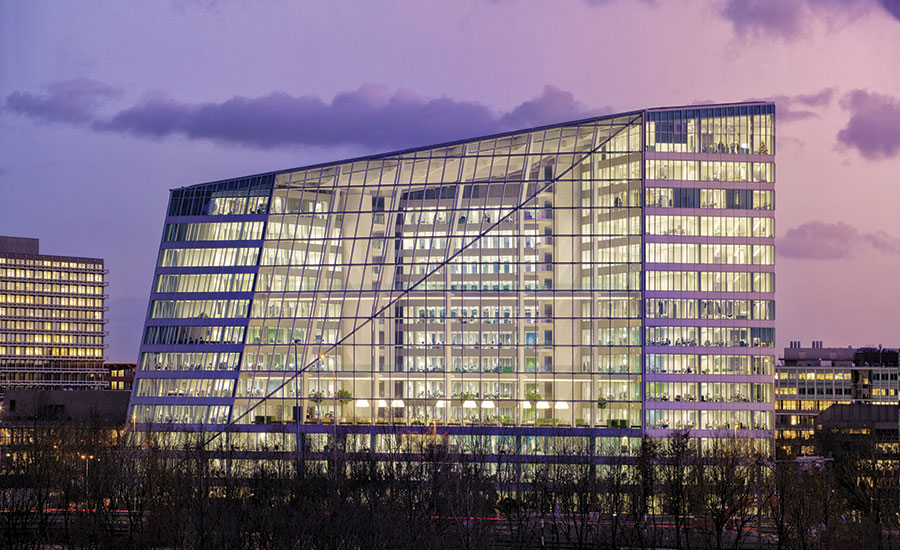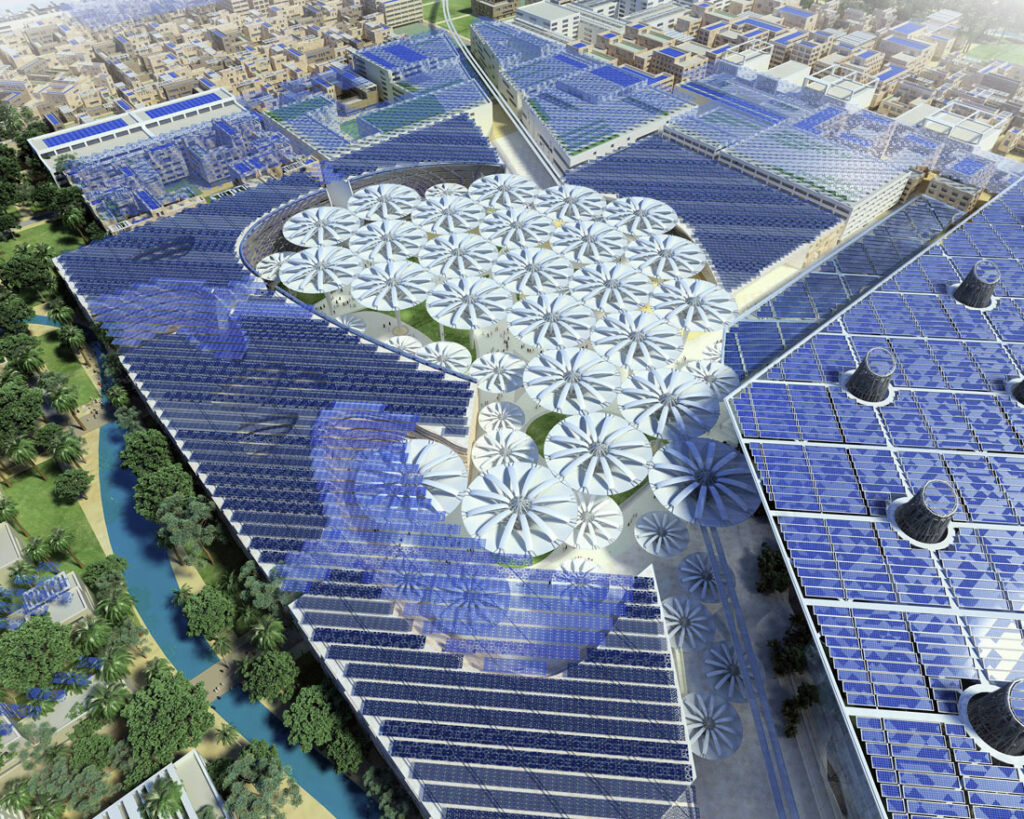Urban Evolution
Posted June 1, 2024

In an era defined by rapid technological advancements, the concept of smart cities has emerged as a transformative force in urban development. These cities leverage cutting-edge technologies and data-driven solutions to enhance efficiency, sustainability, and overall quality of life for residents. At the forefront of this paradigm shift is innovative architecture that seamlessly integrates with the digital landscape, shaping the cities of tomorrow.
The Vision of Smart Cities
Smart cities envision a future where interconnected systems and advanced technologies converge to optimize urban living. From intelligent transportation and energy-efficient buildings to data-driven governance and enhanced connectivity, the goal is to create cities that are responsive, resilient, and sustainable. Architecture plays a pivotal role in realizing this vision by designing structures that not only meet functional needs but also harness the power of technology to enhance urban experiences.
Key Features of Smart Architecture
Sustainable Design: Smart architecture prioritizes sustainability by incorporating eco-friendly materials, renewable energy sources, and innovative green building practices. Buildings are designed to minimize environmental impact while maximizing energy efficiency and resource conservation.
Technology Integration
The integration of IoT (Internet of Things) devices and sensors within buildings allows for real-time data collection and analysis. This data-driven approach enables smart systems for lighting, heating, cooling, security, and occupancy management, enhancing both comfort and operational efficiency.
Adaptive and Responsive Spaces
Smart architecture embraces flexibility and adaptability, creating spaces that can evolve based on changing needs and preferences. This includes modular designs, flexible layouts, and responsive building systems that optimize space utilization, promote user comfort, and support dynamic functions.
Urban Connectivity
Architects design with connectivity in mind, creating interconnected urban environments that facilitate seamless mobility, communication, and access to services. From smart infrastructure for transportation to digital platforms for citizen engagement, connectivity is fundamental to the success of smart cities.
Case Studies in Smart Architecture
The Edge, Amsterdam
Designed as the world’s most sustainable office building, The Edge integrates advanced technologies like IoT sensors, smart lighting, and energy-efficient systems to create a truly smart workspace that promotes employee well-being and environmental stewardship.

Photo © Ronald Tilleman
Masdar City, Abu Dhabi
This planned city is a model of sustainable urban living, featuring smart buildings with integrated renewable energy systems, waste management solutions, and smart mobility options. The city’s architecture reflects a holistic approach to sustainability and innovation.

Photo © https://www.archdaily.com/33587/masdar-sustainable-city-lava
Songdo International Business District, South Korea
Known as a smart city of the future, Songdo incorporates smart building designs, digital infrastructure, and IoT-enabled services to enhance urban living, promote economic growth, and reduce environmental impact.

Photo © Getty Images
Challenges and Opportunities
While smart architecture offers immense potential, it also presents challenges such as data privacy concerns, cybersecurity risks, infrastructure scalability, and equitable access to technology. Architects play a crucial role in addressing these challenges through innovative design solutions, collaboration with technology experts, and engagement with stakeholders to ensure inclusive and sustainable smart city development.
Shaping a Smarter Future
In conclusion, the convergence of smart cities and architecture represents a transformative shift in urban development. By embracing technology, sustainability, and human-centric design principles, architects are at the forefront of shaping cities that are smarter, more resilient, and more livable. As we navigate the complexities and opportunities of the digital age, the collaboration between smart cities and innovative architecture will continue to drive positive change, creating urban environments that prioritize efficiency, connectivity, and sustainability for generations to come.








